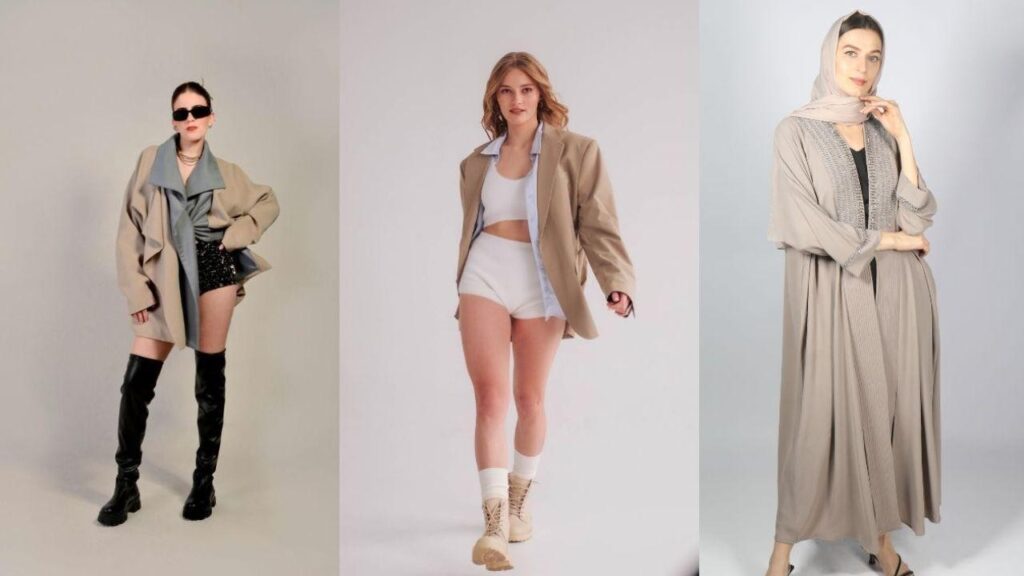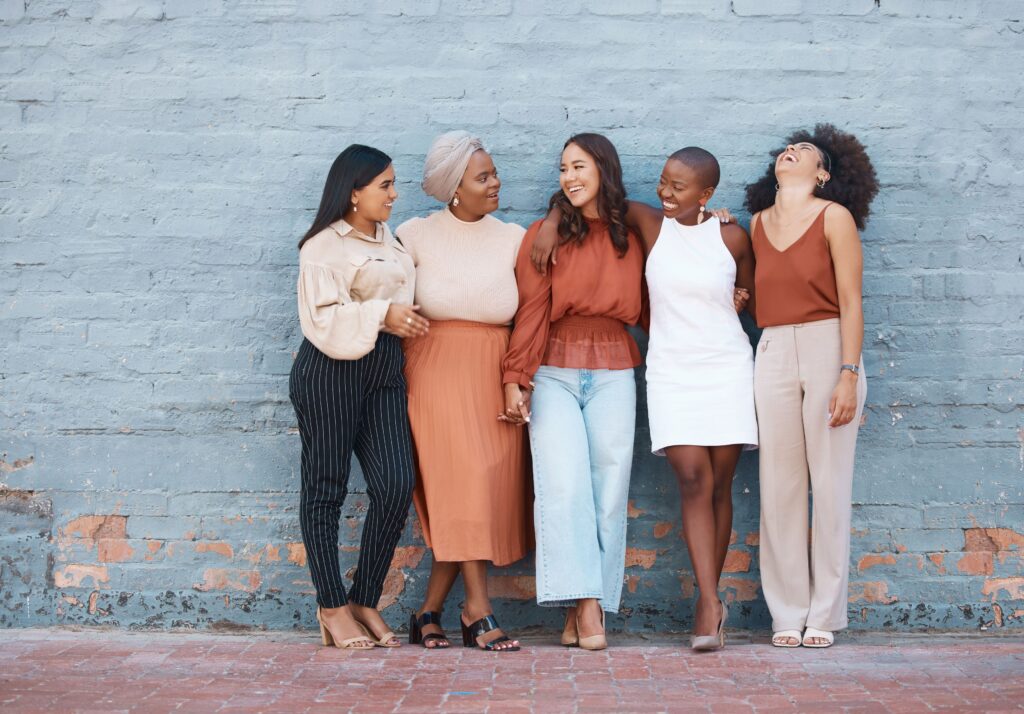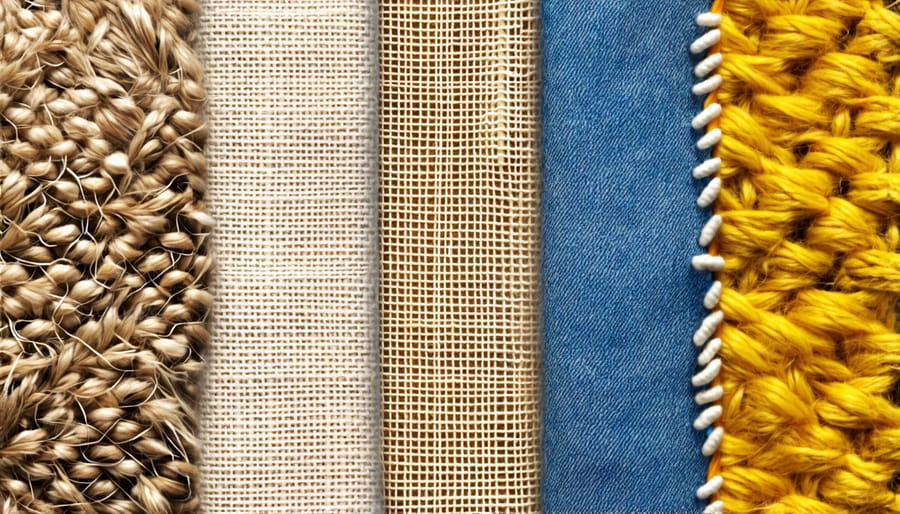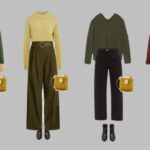The Influence of Social Media on the Fashion Industry
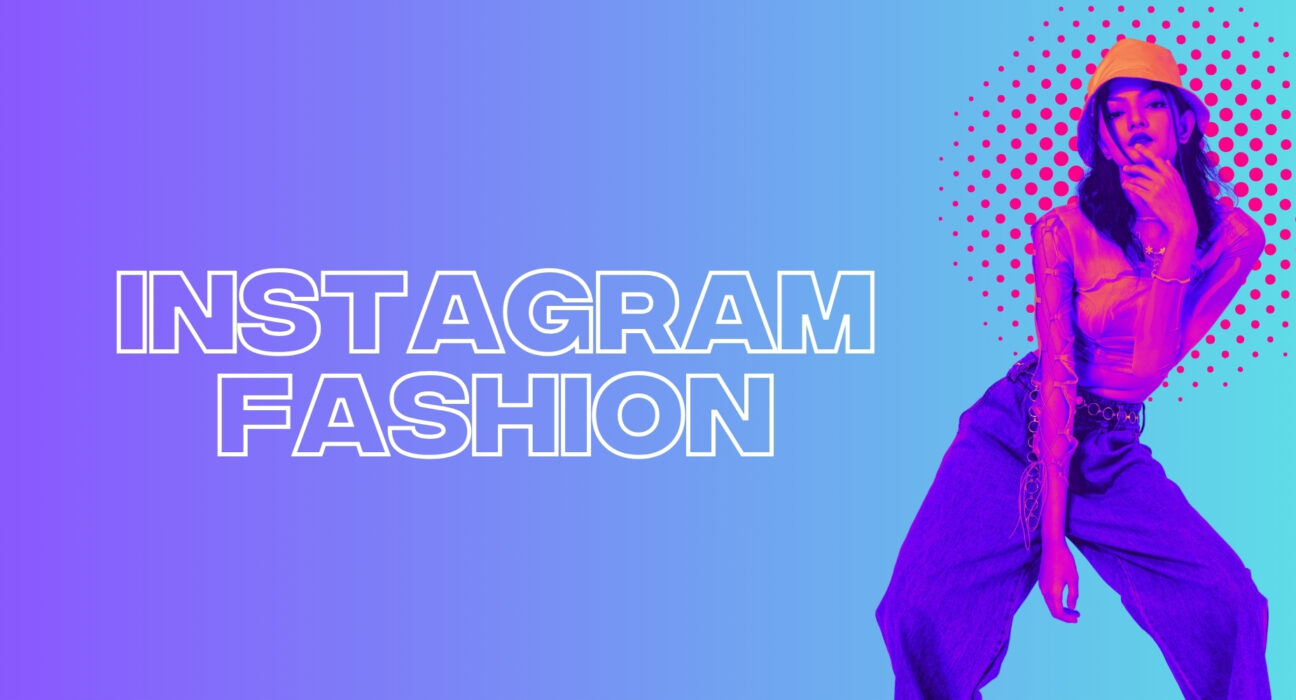
The fashion industry, historically shaped by designers, celebrities, and fashion houses, has experienced a major transformation with the rise of social media influencers. These influencers, often ordinary individuals who have gained significant followings online, now play a critical role in shaping fashion trends, dictating consumer preferences, and even redefining the business models of fashion brands. The impact of social media influencers on the fashion industry is far-reaching, influencing everything from marketing strategies to brand collaborations and customer purchasing behaviors.
Democratization of Fashion
In the past, the fashion industry was dominated by luxury brands, top designers, and celebrities, making it exclusive and somewhat inaccessible to the average consumer. Social media influencers have helped democratize fashion by bringing it closer to everyday people. Platforms like Instagram, TikTok, and YouTube allow influencers to showcase their personal style and curate outfits that resonate with their followers. Unlike traditional models or celebrities, influencers often represent a diverse range of body types, skin tones, and lifestyles, making fashion more relatable and attainable.
Many influencers don’t follow traditional fashion rules; instead, they create their own trends, which resonate with their followers. This has enabled niche styles and smaller, independent brands to gain exposure and popularity. As a result, fashion is no longer dictated solely by high-end designers but by a collective of voices from all corners of the internet.
Shifting Marketing Strategies
Fashion brands have quickly realized the power of influencers and have shifted their marketing strategies accordingly. Traditional forms of advertising, such as magazine ads and TV commercials, are being supplemented or replaced by influencer marketing. Collaborating with influencers gives brands the ability to reach targeted audiences more effectively, with a level of authenticity that traditional advertising often lacks.

Influencers act as relatable and trusted sources of information. When a fashion influencer shares a product with their followers, it’s perceived as a genuine recommendation rather than a direct advertisement. This creates a deeper sense of trust between the influencer and their audience, driving higher engagement and ultimately influencing purchasing decisions.
Additionally, influencers have the unique ability to generate instant feedback on fashion trends and products. The interaction between influencers and their followers is immediate, allowing brands to understand customer preferences quickly and make adjustments to product designs, marketing strategies, and even pricing.
The Rise of Micro and Nano Influencers
While celebrity influencers like Kim Kardashian or Chiara Ferragni wield massive influence, many brands are now focusing on micro and nano influencers. These influencers have smaller but more engaged followings, often ranging from 1,000 to 100,000 followers. What they lack in sheer numbers, they make up for in authenticity and direct relationships with their audience.
Micro and nano influencers offer brands the chance to tap into niche markets and communities, whether it’s sustainable fashion, vintage clothing, or streetwear. Collaborating with these influencers is often more cost-effective, and because they are seen as “real” and approachable, their endorsements can feel more genuine to their followers. Brands that use this approach can create a more organic marketing presence that fosters loyalty and long-term customer relationships.
Fast Fashion and Influencer Culture
One of the most notable changes that social media influencers have introduced to the fashion industry is the acceleration of the trend cycle. The demand for new, trendy clothing pieces has skyrocketed as influencers post their daily outfits, often featuring new items. This has given rise to the dominance of fast fashion brands like Fashion Nova, SHEIN, and Zara, which can quickly replicate runway designs or viral fashion trends and make them available at affordable prices.
Fast fashion brands thrive in the influencer-driven world, offering affordable, trendy pieces that can be purchased and worn in a short amount of time. However, this rapid pace of consumption has also sparked concerns about sustainability and ethical production practices. The pressure to constantly buy and wear new clothing has led to an increase in waste and environmental harm, highlighting the darker side of the influencer-driven fashion culture.
Influencer-Led Collaborations and Collections
A growing trend in the fashion industry is influencer-led collaborations and fashion lines. Many influencers, after building their brand and establishing their credibility in the fashion world, are launching their own clothing collections or collaborating with established brands to create limited-edition lines. These collaborations often sell out quickly due to the influencer’s pre-existing fan base and the exclusivity of the products.
For example, collaborations between influencers and major fashion brands such as H&M, Boohoo, or even luxury labels have proven immensely successful. These partnerships blur the line between traditional fashion designers and social media influencers, showing that influence can now come from social media fame just as easily as from a degree in fashion design.
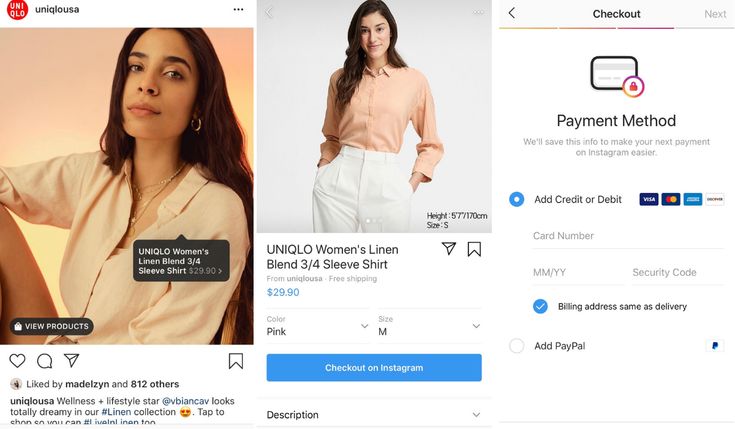
Conclusion
Social media influencers have reshaped the fashion industry in ways that were unimaginable just a decade ago. They have democratized fashion, making it more accessible and diverse, and have shifted the way brands market their products. With the rise of micro influencers, the trend cycle is moving faster than ever, while influencer-led collaborations continue to blur the line between fashion designers and online personalities. As the influence of social media continues to grow, influencers are set to remain a powerful force in the fashion world, redefining trends and shaping the future of the industry.


